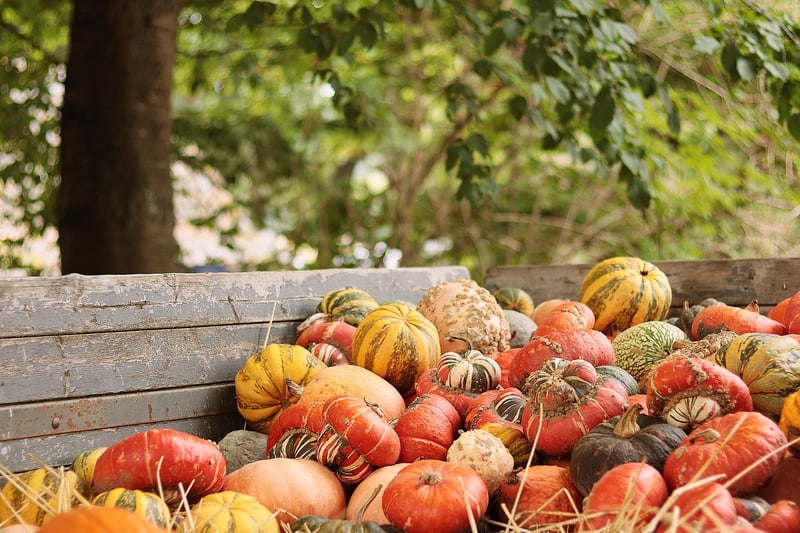Seasonal Produce
The Art of Seasonal Eating: A Guide to Fresh Produce
Seasonal eating is not only beneficial for your health but also for the environment. By consuming fruits and vegetables that are in season, you can enjoy peak flavors, optimal nutrition, and support local farmers. Let's explore the beauty of seasonal produce and how you can incorporate it into your daily meals.
Benefits of Seasonal Eating:
- Higher Nutritional Value: Seasonal produce is picked at its peak ripeness, ensuring maximum nutrient content.
- Enhanced Flavor: Freshly harvested fruits and vegetables have superior taste and aroma.
- Cost-Effective: In-season produce is abundant and more affordable due to lower transportation costs.
- Environmental Sustainability: Eating seasonally reduces the carbon footprint associated with food transportation.
Seasonal Produce by Month:
Spring:
In spring, look for vibrant produce like asparagus, strawberries, peas, and artichokes.

Summer:
Summer brings a bounty of delicious fruits and vegetables such as tomatoes, corn, watermelon, and zucchini.

Fall:
Autumn showcases hearty produce like pumpkins, apples, sweet potatoes, and brussels sprouts.

Winter:
In winter, enjoy seasonal delights like citrus fruits, winter squash, kale, and beets.

Tips for Incorporating Seasonal Produce:
- Visit local farmers' markets to discover fresh, in-season fruits and vegetables.
- Try new recipes that highlight the flavors of seasonal produce.
- Consider preserving or freezing excess produce to enjoy out of season.
- Support community-supported agriculture (CSA) programs for a regular supply of seasonal bounty.
Embrace the diversity and freshness of seasonal produce to elevate your culinary experience and nourish your body with the best nature has to offer.
